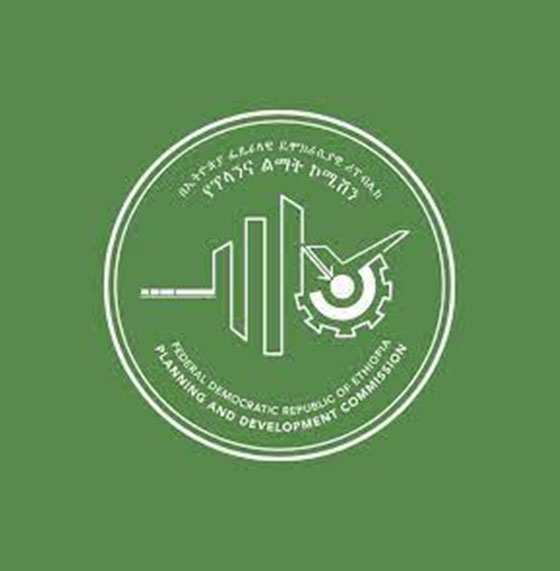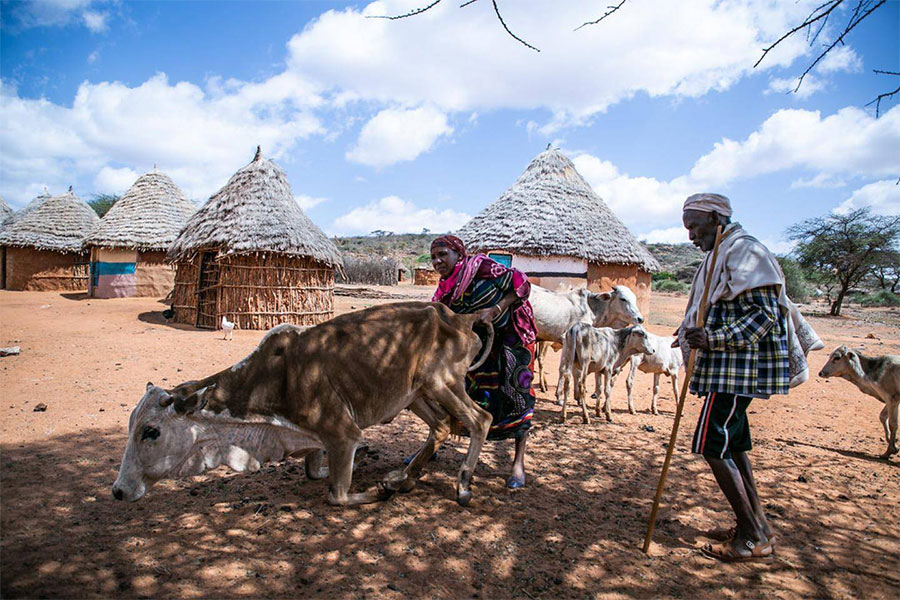
Featured | Jul 06,2019
Jul 31 , 2021
By HAWI DADHI

Regional authorities will soon start computing the size of their respective economies based on a new manual prepared by the federal government.
It is a part of the Planning & Development Commission's (PDC) initiative to determine the size of Ethiopia's Gross Domestic Product (GDP), which was estimated to be 96 billion dollars last year, one of the two largest in East Africa. However, there have been concerns among researchers and international organisations over the computation of GDP in the country. Regional states used to compute their own GDPs, although neither consistently nor in compliance with the methods of the national GDP account.
"The country's GDP has been over-valued for years," said Alemayehu Geda (Prof.), a professor of economics at the Addis Abeba University, who has conducted several research studies on Ethiopia's economy.
The new project, launched under Fitsum Assefa (PhD), commissioner, would enable harmonising the measuring of GDP at regional and federal levels using standardised methods.
The United Nations Development Programme (UNDP) has been providing training and technical assistance to the Commission to develop manuals, beginning last year. The duo has prepared a computation and standard manual, which all the regional states must comply with, adding to templates used to compute sectoral activities.
Experts from the regional states have received training on the calculation of GDP and signed a memorandum of understanding with their federal counterparts. During the most recent meeting with regional planning commission officials, a review of trial computations was conducted, usually disclosed quarterly and annually.
Five regional states have done well, presenting their test results; however, the remaining will need further support and might need a couple of years to fully catch up, according to Feleke Demsis, director of Regional Accounts at the Commission.
Computations of the national GDP began in 1953.
Under the regional accounts office, there would be six teams expected to engage in GDP measurement, with each having up to 60 experts under them, though some are understaffed.
Production, expenditure, and income approaches are widely used to compute GDPs. Ethiopia uses the former two for their ease in collecting data.
In the production method, sequential data collection procedures are to be followed. Initially, data is gathered from censuses and surveys conducted by the Central Statistics Agency (CSA). If survey data is not available, data is collected from regional administrations. The procedure then moves on to analysing economic activities in the area.
According to Teshome Adugna (PhD), head of the Oromia Region Planning & Development Commission, Oromia has been consistently computing its GDP since 1992. Last year's GDP computation from the regional state showed it comprises 1.3 trillion Br of the country's GDP, recorded to be over four trillion Birr.
Some cross-regional sectors are difficult to compute, but the manuals are expected to address these issues.
"When we talk about regions, it is about political autonomy rather than the economy," said Teshome.
The project will help conduct a comparative analysis of regional economic activities. He does concede that computation processes sometimes fail to value certain factors, such as informal economic activities.
"GDP measurement isn't replaceable, but it has its own challenges," said the Commissioner.
Alemayehu, the professor, believes that calculating regional GDPs would have been beneficial if the country was structured geographically. He contests that the data collected might not be reliable when it comes from regional dynamics filled with political contestation. The scholar also points out that data from the CSA may not be all that reliable either, arguing that the Agency reporting to the Council of Ministers makes it prone to political pressure. He wants to see CSA report to Parliament.
The gaps in gathering data coupled with political factors are often seen by experts to have caused unreliable GDP measurements, according to Alemayehu.
The country's official GDP growth since 2008 has been an average of 9.9pc.
Inaccurate GDP data can have several implications, according to Alemayehu. It creates a false perception that a country is growing while it is under severe poverty. It can also show an inflated capacity to take out public loans while encouraging the state to spend excessively under the assumption of a bloated money supply, which can be inflationary, the economics professor warns.
PUBLISHED ON
Jul 31,2021 [ VOL
22 , NO
1109]

Featured | Jul 06,2019

Fortune News | Jan 07,2022

Agenda | Sep 27,2020

Radar | Jul 09,2022

Fineline | Jan 05,2019

Fortune News | Dec 04,2021

Commentaries | Apr 13, 2025

Fineline | Nov 21,2018

Agenda | Jan 29,2022

Fortune News | Jul 03,2021

Dec 22 , 2024 . By TIZITA SHEWAFERAW
Charged with transforming colossal state-owned enterprises into modern and competitiv...

Aug 18 , 2024 . By AKSAH ITALO
Although predictable Yonas Zerihun's job in the ride-hailing service is not immune to...

Jul 28 , 2024 . By TIZITA SHEWAFERAW
Unhabitual, perhaps too many, Samuel Gebreyohannes, 38, used to occasionally enjoy a couple of beers at breakfast. However, he recently swit...

Jul 13 , 2024 . By AKSAH ITALO
Investors who rely on tractors, trucks, and field vehicles for commuting, transporting commodities, and f...

Sep 13 , 2025
At its launch in Nairobi two years ago, the Africa Climate Summit was billed as the f...

Sep 6 , 2025
The dawn of a new year is more than a simple turning of the calendar. It is a moment...

Aug 30 , 2025
For Germans, Otto von Bismarck is first remembered as the architect of a unified nati...

Aug 23 , 2025
Banks have a new obsession. After decades chasing deposits and, more recently, digita...